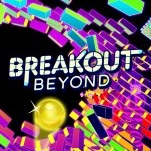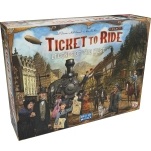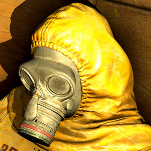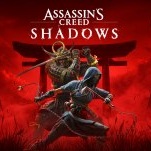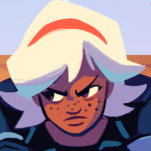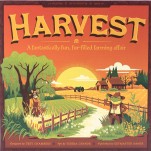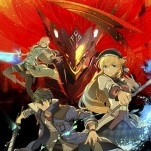Outland (XBLA, PSN)
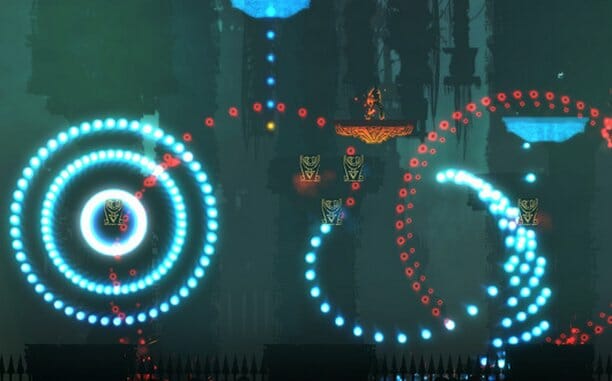
Outland looks like basic math. It’s that thing you like plus that other thing you like plus an entirely different third thing you maybe don’t know so much about but once looked up on Wikipedia.
In Outland , players Metroid their way through a shadowy world based on vague approximations of Mesoamerican mythology, with an art style that could be called Neon Mayan (who I believe just got a Best New Music tag from Pitchfork). As they proceed they unlock new abilities that allow access to previously unattainable territory. Players also repeatedly change the color of the Avatar’s clothes from red dark energy to blue light energy. He has to be the opposite color of enemies to hurt them, and the same color as obstacles to get past them. If the two colors clash, somebody’s getting hurt. Yes, a Hypercolor t-shirt will save your life.
Like the ersatz Mayans of Outland, all civilizations steal from others, building cultures and cosmologies from the remnants of the past. Games are no different, but Outland openly embraces its very specific inspirations too closely to ever let us forget them, from the minimalist visuals of Limbo to Ikaruga’s two-color polarity to the side-scrolling exploration of Metroid. But pastiche is as far as Outland gets, not quite synthesizing its various elements into a single cohesive aesthetic.That doesn’t mean Outland is an outright bummer. It’s a mechanically sound two-dimensional platformer that’ll momentarily divert anybody who loves running, jumping, and slashing from left to right and up to down and everywhere in-between. Outland could easily be a modern-day sequel to a beloved old NES or 16-bit side-scroller. A game doesn’t always need to provide compelling reasons for us to do what it asks.
Still, some unity of vision would be nice. Later abilities, like orbs that propel players short distances at great speeds, or lasers that blast out of your chest, often don’t quite gel with the central light-and-dark-energy motif or Outland’s particular strand of cryptomythology. Ideas that fit mechanically but not thematically started popping up the deeper I traveled into the game.
The lengthy, multi-tiered boss battles are both the best and worst parts of Outland’s story mode. When they’re done right they forced me to quickly change colors while maneuvering around shifting landscapes and deadly blasts of energy. They can be difficult, especially the final boss, but rarely frustrating.
-

-

-

-

-

-

-

-

-

-

-

-

-

-

-

-

-

-

-

-

-

-

-

-

-

-

-

-

-

-

-

-

-

-

-

-

-

-

-

-


































